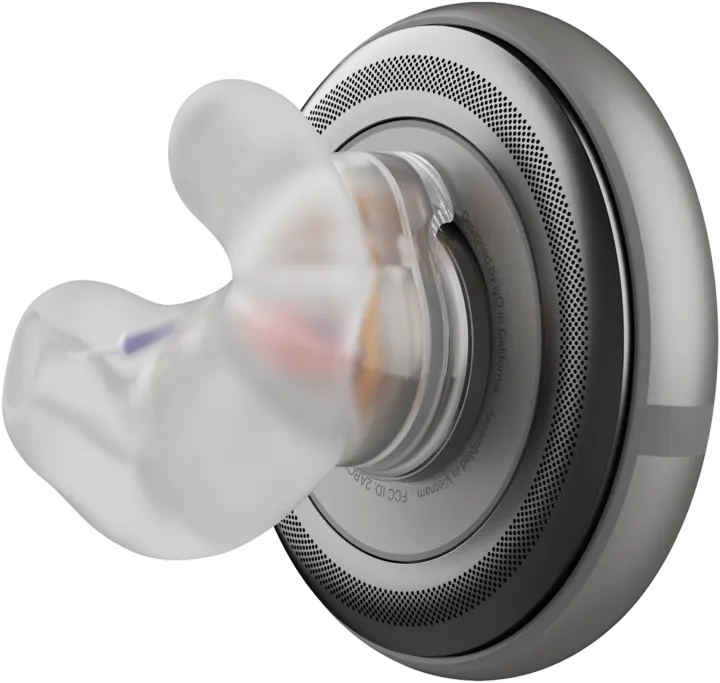Every forecaster lives at the expense of the listener

While we are entering even more volatile times than two years ago – can you wrap your mind around this? I barely can at this point – it's worth remembering that our collective brain will seek reassuring perspectives. In the industry, the most reassuring ones are solid forecasts.
How do we deal with emerging technologies that can potentially disrupt our current cash cows? First, we forecast how fast they'll enter the market and then work on some linear regression analysis to know when we'll have to invest and seize the opportunity.
Consider the promised land of VR/AR technology.
Founded in 1964 and with more than 1,200 analysts worldwide, IDC (International Data Corporation) is one of the leading providers of market intelligence. If any, one of the best forecast sources for technology! What do they tell us about AR/VR?
In 2016, IDC promised $162B in global revenues for 2020 with this emerging technology:

In 2019, the forecast was down to a measly $18.8B for next year's 2020:

Of course, it might seem unfair to go back to the predictions of such an industry leader and point out how much they vary in just over three years. But three years is the internal clock frequency or multinationals. It's the minimum turn-around period in which they decide to sink large investments in promising new trends. With the risk, if they don't, to miss out on the next ten or fifteen years of revenue.
(Think of the number of global brands still struggling in 2022 with social media and digital presence.)
What do to of this?
Most forecasters do their job perfectly well. They don't deliver information on the future, which, if they had, they wouldn't share but use for themselves and get rich on the stock market. What they do is they sell a magical product: reassurance. And as such, they only map the industry's uncomfortable with uncertainty. And as soon as the markets unfold, they come back and explain to us what went wrong and what is the real new trend this time.
(I didn't bother checking it out, but no doubt 2026 will be BIG for AR/VR 🙄)
Why do we play along with this? Well, for most corporate cultures, knowingly working with poor (or plain bad) predictions is just more satisfying than admitting to an executive committee that we don't know.
Meanwhile, top-performing innovators sidestep this by doing only one thing: while they admit how much they don't know, they immediately explain what they're going to do to explore the field of uncertainties and come back with answers... before IDC explains back to them what really happened.



